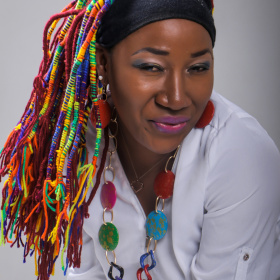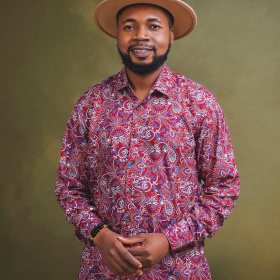Egyptian Museum
Bio
The Museum of Egyptian Antiquities, known commonly as the Egyptian Museum or Museum of Cairo, in Cairo, Egypt, is home to an extensive collection of ancient Egyptian antiquities. It has 120,000 items, with a representative amount on display, the remainder in storerooms. As of October 2015, it is open to the public.
The Egyptian Museum of Antiquities contains many important pieces of ancient Egyptian history. It houses the world’s largest collection of Pharaonic antiquities. The Egyptian government established the museum, built in 1835 near the Ezbekeyah Garden and later moved to the Cairo Citadel. In 1855 Archduke Maximilian of Austria was given all of the artifacts by the Egyptian government; these are now in the Kunsthistorisches Museum, Vienna.
The museum features a collection of instruments such as the sistrum. This music instrument was one of the important instruments and amulets that accompanied the deceased in the hereafter. It was a symbol of the goddess Hathor, and was carried and shaken by her priestesses and priests in ceremonies, to appease the goddess.
This sistrum amulet, in the shape of a miniature column, is one of the finest examples made of faience so far found in Egypt. The handle is surmounted by double heads of the goddess Hathor who has an almost human face, but cow's ears.
Hathor wears a wig with long lappets that is incised with vertical and horizontal lines simulating strings to hold it in place. She is wearing a beaded collar. Cobras adorn the right and left sides of the head. The upper shrine still retains the two metal bars, on which the metal disks or loose rods for creating the rhythmic sound were hung. The cobra figure is shown as if emerging from the shrine to protect the cow's head and the user as well.


















